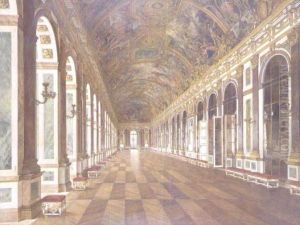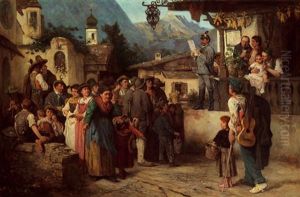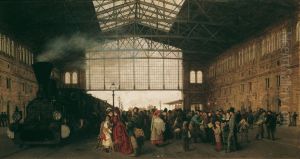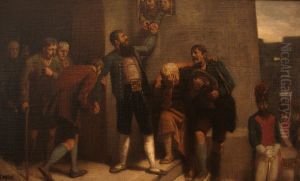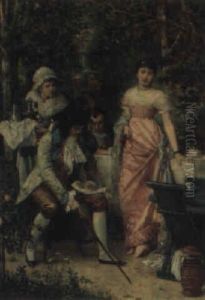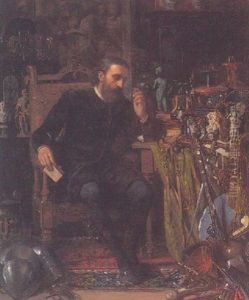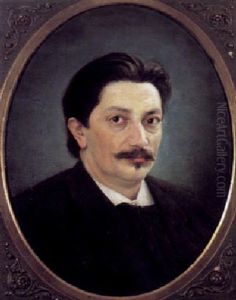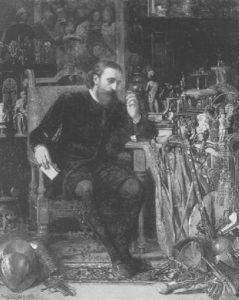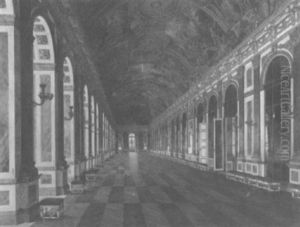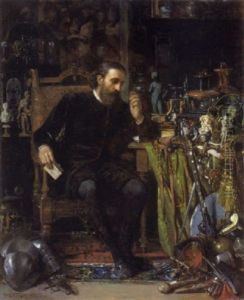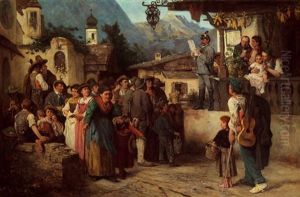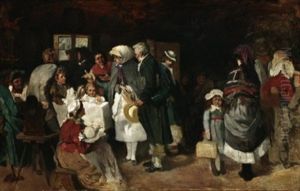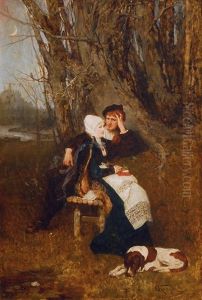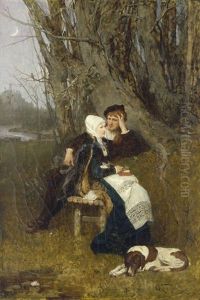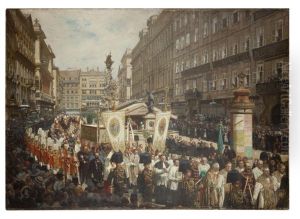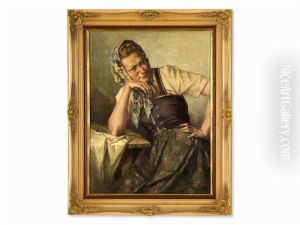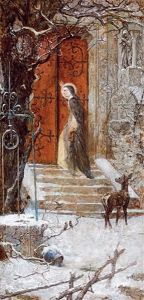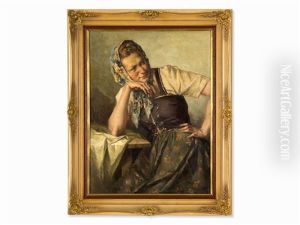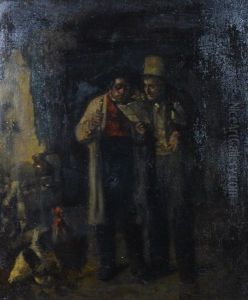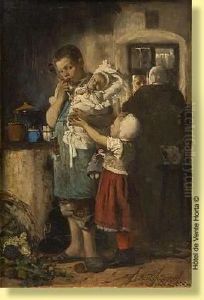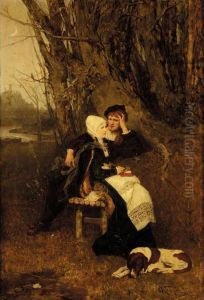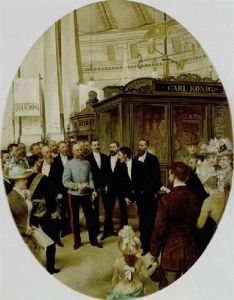Karl Karger Paintings
Karl Karger was an Austrian artist, born on June 3, 1853, in Vienna. His artistic journey began at the Academy of Fine Arts Vienna, where he studied under the guidance of renowned painters such as Christian Griepenkerl and Carl Wurzinger. Karger was primarily known as a history painter, a genre that focuses on depicting scenes from historical events, classical mythology, and occasionally, religious narratives.
Karger's work was influenced by the academic art traditions of the 19th century, which emphasized classical standards of beauty, high finish, and historical subjects. He worked at a time when art was transitioning from traditional academic styles to more modern approaches, but he remained largely faithful to the academic principles. His paintings often featured meticulous detail, rich color, and dramatic lighting, which were characteristic of the historical painting genre.
In addition to history paintings, Karl Karger was also recognized for his portrait work. He received commissions from various patrons, which helped him to establish a reputation as a skilled portraitist. His portraits are known for their lifelike representation and the ability to capture the character and social status of his subjects.
Unfortunately, Karger's work, like that of many other academic artists of the period, fell out of favor with the advent of modernist movements that sought to break away from traditional techniques and subjects. As a result, while he was a respected artist in his time, his name is not as widely recognized in the annals of art history as some of his contemporaries.
Karl Karger's later years saw a decline in his popularity, and he lived through the turbulent times of World War I and the interwar period. He passed away on May 6, 1932, in Vienna, leaving behind a body of work that, while not at the forefront of the modern art movement, represents an important link in the chain of European academic painting. His works today can serve as valuable historical documents, providing insight into the aesthetics and cultural values of his time.
